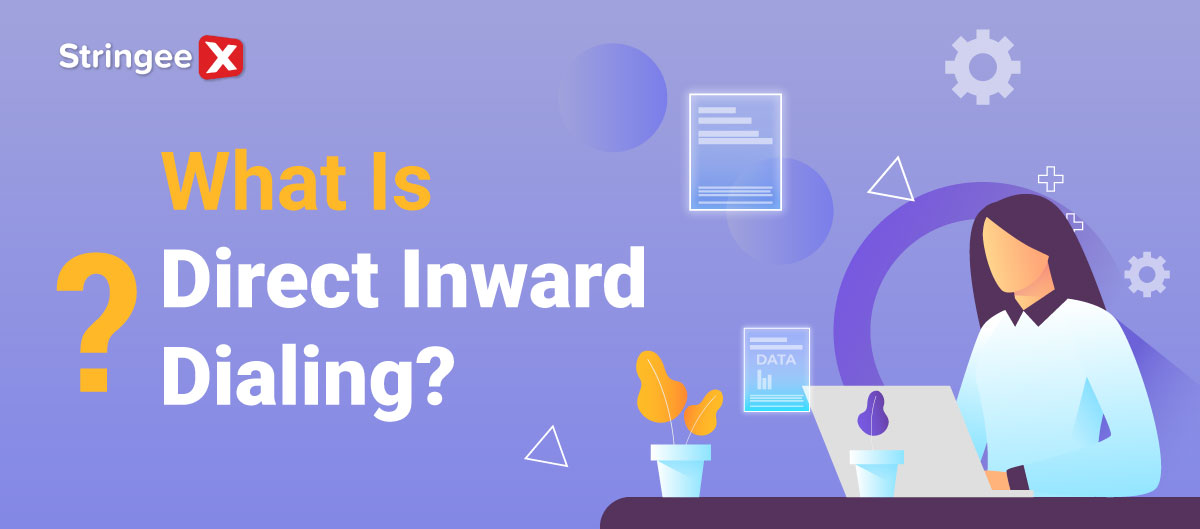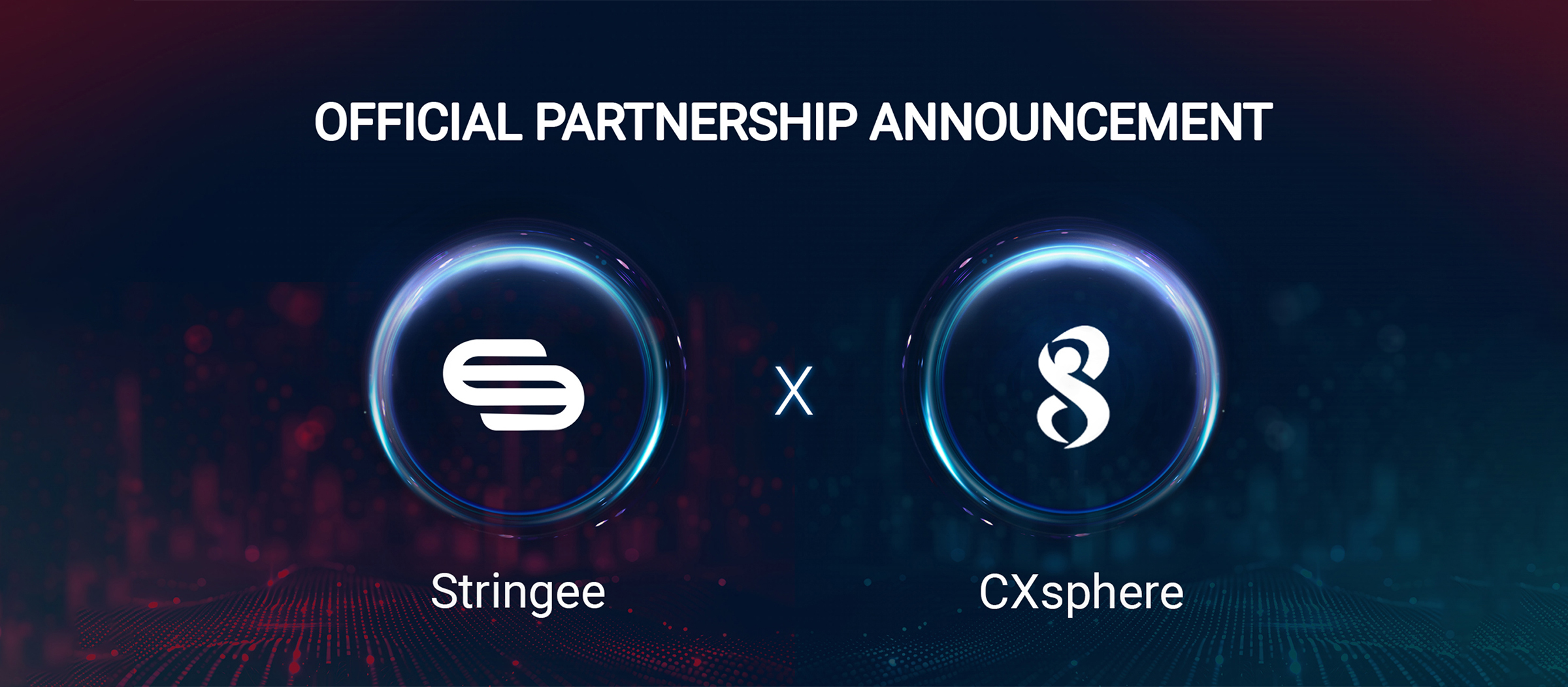Have you ever contacted a company and encountered a protracted menu of automated selections or live receptionists? How did you find it?
The majority don't. And yet, many companies have designed this experience for their callers. Unanswered calls and busy signals If your clients frequently experience these issues, it's likely that you haven't set up a Direct Inward Dialing service (or DID) yet.
Let's examine Direct Inward Dialing, its benefits, potential uses, and configuration.
What Is Direct Inward Dialing?
Direct Inward Dialing (DID) is the process by which a phone company links a group of phone numbers to your business's Private Branch Exchange (PBX). Businesses can set up virtual numbers that can go straight to a desk extension or collection of extensions instead of using the main phone lines for reception. DID can be used with toll-free, local, or premium-rate numbers.
Direct-dial numbers, direct dial, and direct dial-ins are some more names for DID. In essence, this is what is meant when someone says, "Call me at my direct number."
Direct Outward Dialing is another possibility for supporting a comparable configuration (DOD). Your office phone system uses it for outgoing calls. Bypassing the need to press a number before dialing or connecting to the operator, you would use DOD.
Understanding DID Number
A direct-dial number appears to customers or clients to be any other regular phone number. DID, on the other hand, is a virtual number that connects directly to a location or extension within your business. Imagine it as a phone line that is shorter.
These direct dial numbers route incoming calls to the phone system of the company. That number is "direct" since it serves the purpose of forwarding callers to a certain user. The VoIP phone system is in charge of managing this specific call routing.
How Does Direct Inward Dialing Work?
DID with Traditional PSTN
Setting up a direct inward calling service with a conventional landline phone system entails renting and installing copper lines known as Primary Rate Interface (PRI) Trunks. PRI Trunk lines, as opposed to virtual SIP Trunks, are actual circuits that transmit analog call data from your provider to the user who is being contacted inside your phone company's network after passing via your on-site PBX system.
DID with Fax
In addition to routing incoming phone calls, direct inward dialing can also route incoming faxes to certain users, computers, and phone numbers.
This setup is quick and easy thanks to a VoIP phone system.
Choose the VoIP numbers for which you wish to enable virtual faxing in the number-management or user-management settings of your application interface, and then configure fax-to-email for those numbers. Your service provider will make sure that all incoming faxes to that virtual phone number arrive in PDF format in the user's email inbox.
DID with IP PBX and SIP Trunking
To enable direct inward dialing, an onsite IP PBX system goes through a similar approach. The digital data is transmitted to your company's private branch exchange by your VoIP provider after it receives the PSTN or VoIP transmission.
Once your IP PBX system has this incoming information, it makes use of the internet to wirelessly send the call to the appropriate user's device. By using your VoIP service provider, you can acquire phone numbers and give them to nearby users.
An onsite IP PBX has the disadvantage that you, as the end user, still need to maintain the physical IP PBX box and data switch, which costs time, money, and effort in comparison to a cloud-hosted PBX.
DID with Cloud-hosted VoIP
Your virtual phone service provider manages the SIP trunking required to receive all incoming calls, whether they are made over the PSTN or VoIP, with cloud-hosted VoIP and UCaaS. These calls are then virtually routed by your supplier to the proper DID number.
Benefits Of DID
Enhance Internal Communication
Instead of paging through a wall-mounted spreadsheet listing each corporate user's name and extension, direct inward dial numbers allow team members to call each other with only one click inside the phone application's user interface.
Agents can transfer and route calls between numbers using the immediate internal DID calling feature that almost all contemporary VoIP and UCaaS providers offer in their telephony app.
Personalized Customer Service
There are many customer service advantages offered by direct inward dial numbers:
- Personal observation: When a customer is able to contact an agent directly instead of going via a general routing system, they feel as though the business caters to their specific needs.
- Individualized follow-up: Customers can utilize an agent's DID number to get in touch with them again if their query needs to be followed up on. Customers are less likely to repeat themselves, which increases customer loyalty and gives agents a clearer picture of the call environment.
- Use direct inward dial numbers to provide VIP customers with quicker, more individualized service.
- Language or location-based services: To improve communication, give customers direct dial numbers to agents whose work hours and language background match their own. This can be done by taking into account the customer's language or calling location.
More Accurate & Faster Routing
When a caller dials a direct dial number, they are connected right away to the intended recipient. Live operators and time-consuming self-service IVR menus are avoided in this process.
Additionally, confusing self-service menu selections cause confusion for callers, causing many of them to reach the incorrect location or line and necessitating additional redirects.
Since agents can exchange direct dial numbers with click-to-call functionality via email and SMS, direct dial numbers ensure that the caller reaches the desired recipient. This takes away the possibility of a dial error.
Flexible Use Cases
DID numbers meet a variety of Enterprise-level and small-business demands by enabling multichannel contact between customers and agents worldwide.
- Global numbers: Buy DID virtual numbers from anywhere in the world. Your marketing, outreach, and CRM systems should be modified to deliver particular direct call numbers to specified client subgroups based on region or language.
- Toll-free numbers: Customers can contact agents for free from anywhere in the globe, including long distance calls, by using toll-free numbers for direct inward dialing.
- Receive audio conference direct dial numbers that the host can distribute to all conference call participants for convenience. Purchase individual audio conference numbers so that agents can hold large-scale, on-demand conferences at any time.
- Direct dial for video conferences: Most service providers generate shareable direct dial numbers allowing participants to call into video conferences over the phone and listen and speak without seeing each other.
- SMS texting: From virtual DID numbers, agents can send and receive SMS messages.
Wrapping Up
The article provides you detailed information about the definition of direct inward dialing. DID can work with traditional PSTN, fax, IP PBX and SIP trunking, while connecting with cloud-hosted VoIP.










